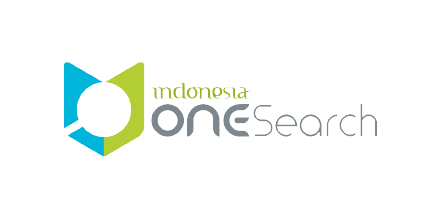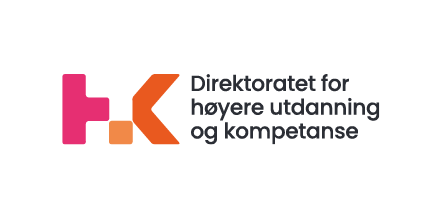Barriers of Persons with Physical Disability Over Accessibility and Mobility to Public Buildings in Zambia
DOI:
https://doi.org/10.21776/ub.ijds.2019.006.01.8Keywords:
Public buildings, Implementation, Barriers, Accessibility, DisabilityAbstract
To ensure that there is inclusiveness in the provision of services for PWDs the Zambian government ratified to the UNCRPD by enacting the Zambia PWDs ACT No. 6 of 2012 to precisely look at promoting and protecting the rights of PWDs. Despite this, there has been a lack of implementation of the ACT and specifically about accessibility and mobility of PWDs to public buildings. The aim of this study was to explain barriers to implementation of part five division five of The Zambia PWDs on Accessibility and Mobility to public buildings in Lusaka for PWDs. A qualitative case study approach was utilized with sample of 8 participants who by a method of purposeful and convenient sampling were drawn and using thematic method of analysis. This study found that there is a knowledge gap and reduced general knowledge about the ACT among policy implementers. There is need for awareness among people that own building in Lusaka of the Disability ACT. For the policy makers there is a need for prioritization through national planning, budgeting and various national programs.
References
United Nations General Assembly (1948). Universal Declaration of Human Rights, 217 A (111).
International Standards Organisation, (2011). International Standards, ISO 21542, Buildingconstruction-Accessibility and usability of the built environment. Geneva: ISO.
UNITED NATIONS, Department of Economic and Social Affairs Division for Social Policy and Development (2013). Accessibility and Development, Mainstreaming disability in the post-2015 development agenda.
ECA, African Union, African Development Bank Group and United Nations Development Programme (2014). MDG 2014 report: assessing progress in Africa toward the Millennium Development Goals, Addis Ababa.
WHO (2015). Regional Office for Africa, “Disabilitiesâ€.
WHO development Regional Office for Africa (2015). “Disability and Rehabilitationâ€.
World Health Organisation (WHO), World Bank (WB). (2011). World Disability Report.
World Health Organization (2001). ICIDH-2 International Classification of Functioning and Disability, Geneva
Henry, Shawn Abou-Zahra, Shadi, Brewer, Judy, (2014). "The Role of Accessibility in a Universal Web". Proceeding W4A '14 Proceedings of the 11th Web for All Conference Article No. 17.
Syazwani Abdul Kadir and Mariam Jamaludin, (2012). Users’ Satisfaction and Perception on Accessibility of PublicBuildings in Putrajaya: Access Audit Study, Elservier Ltd, Malaysia.
Yarfi, C., Ashigbi, E.Y.K., Nakua, E.K. (2017). ‘Wheelchair accessibility to public buildings in the Kumasi metropolis, Ghana’, African Journal of Disability 6(0), a341
Yared Gebremeden (2016). Ethiopia, Disability, Accessibility in Sustainable Urban Development. The Ethiopian Herald, All Africa Global Media
Chilufya M.M, (2013). Accessibility of Public Building to Disabled Persons, University of Zambia, School of Law, Zambia.
Division for Social Policy and Development (DSPD), (2016). Toolkit on Disability for Africa– Culture, Beliefs and Disability. UN.
Banda-Chalwe, M., Nitz, J.C. & De Jonge, D (2013). ‘Impact of inaccessible spaces on community participation of people with mobility limitations in Zambia’, African Journal of Disability, Art. #33.
British Council (2016). IDEAS, Inclusive Decision-making for Equal and Accountable Societies, UK.
Al-Ghaib, O.A., Andrae, K., Gondwe, R. (2017). Still left behind: Pathways to inclusive education for girls with disabilities. Leonard Cheshire Disability.
Paterson J, (2000). Workers of south India their attitudes and their education. Asia Pacific Disability Rehabilitation Journal, 10(1), 1 – 16.
UN DESA/DSPD (2016). Ecuador High-Level Forum on Disability Accessibility and Inclusive Urban Development, Summary Report of Forum, Quito, Ecuador.
Downloads
Published
How to Cite
Issue
Section
License
Copyright (c) 2019 Brian Chanda Chiluba

This work is licensed under a Creative Commons Attribution-NonCommercial 4.0 International License.















